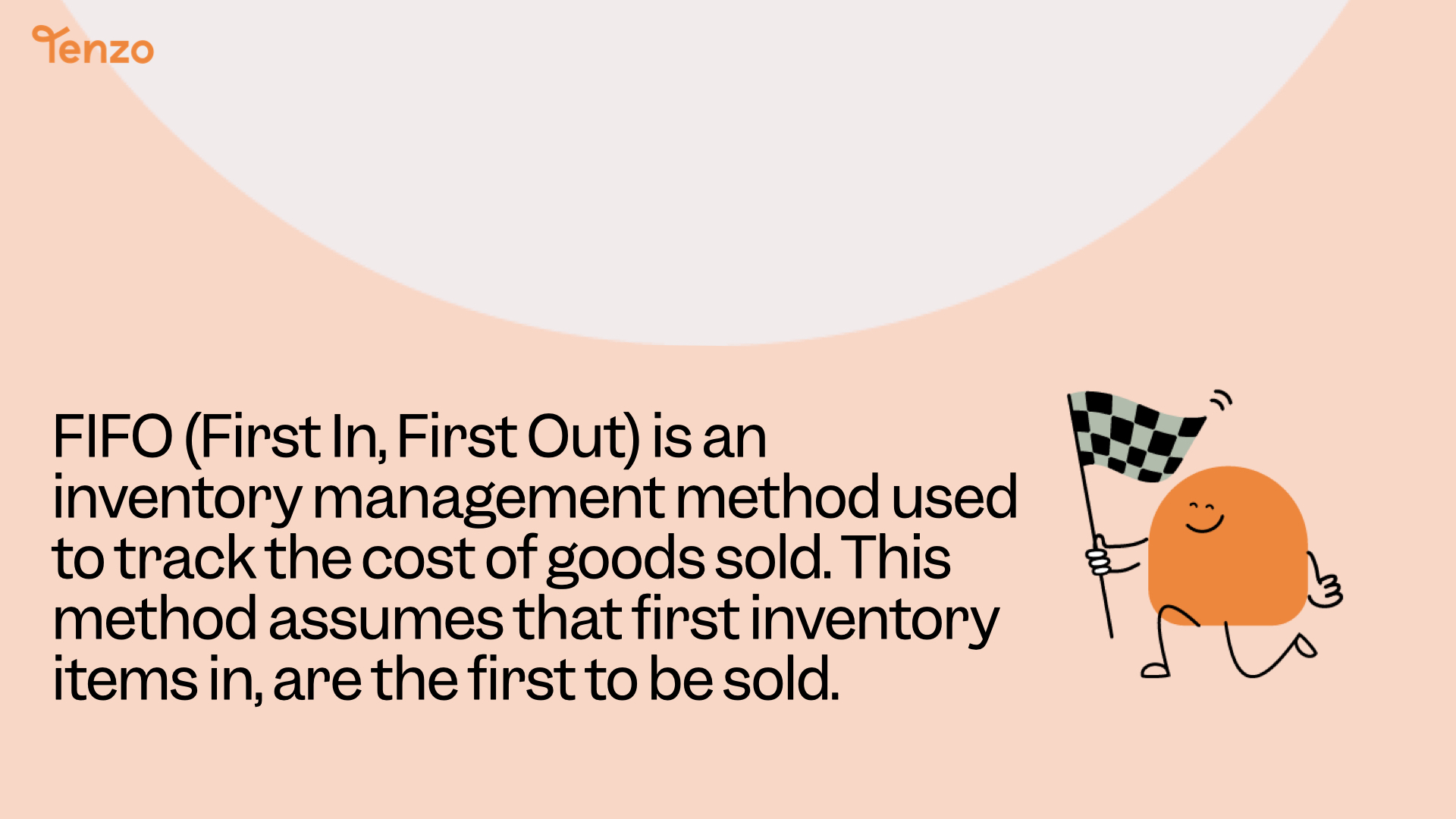Explaining the FIFO (First In First Out) Inventory Management Strategy
Are you wondering how to effectively manage your restaurant’s inventory?
To ensure smooth operations and customer satisfaction, it is crucial to have a well-organised inventory management system.
In this article, we will explore the First In, First Out (FIFO) inventory method, its advantages and disadvantages, and other inventory management strategies that can be implemented in your restaurant.
What is the First In, First Out (FIFO) Method
FIFO inventory method is an inventory management strategy where the oldest inventory items are sold or used first. This method is commonly used in the hospitality industry where much of the inventory is perishable.
By following the FIFO method, businesses can ensure that their inventory does not expire or become obsolete, reducing the risk of waste and financial losses.
FIFO is applied by organising inventory in a way that allows for easy identification of the oldest items. This can be done by labelling products with their arrival dates or by physically arranging them in a manner that ensures the oldest items are accessible first.
By selling or using the oldest items first, businesses can maintain the quality and freshness of their products, as well as minimise the risk of premature spoilage.
Why Restaurants Should Use FIFO
One of the advantages of using the FIFO inventory method in a restaurant, for example, is that it helps to ensure the freshness of ingredients. By using the oldest ingredients first, restaurants can maintain the quality of their dishes and provide customers with the best dining experience.
This can help restaurants avoid waste and save money on the cost of inventory by reducing the amount of expired or spoiled ingredients that need to be thrown away. By following a strict order of using ingredients, restaurants can prevent confusion and avoid running out of essential items, reducing stock out and therefore likelihood of lost sales.
What Are the Other Inventory Management Methods?
Apart from the FIFO method, there are several other inventory management methods that restaurants can consider.
One alternative method is the Last In, First Out (LIFO) method, where the newest inventory items are sold or used first. This method is often used to reduce tax liabilities, as it allows businesses to report lower costs of goods sold. However, it may not accurately reflect the actual flow of inventory.
Another alternative method is the Just-In-Time (JIT) method, which aims to minimise inventory holding costs by only ordering or producing goods when they are needed.
This method requires close coordination with suppliers and relies on accurate demand forecasting to ensure that inventory is available when required. While the JIT method can help businesses reduce costs and improve efficiency, it also carries the risk of supply chain disruptions and the need for strong supplier relationships.
Conclusion
In conclusion, using the FIFO method in restaurant inventory management can bring several benefits. It ensures that the oldest inventory is used first, reducing the risk of spoilage and waste. This method also helps maintain the quality and freshness of ingredients, leading to better-tasting dishes.
FIFO allows for better tracking of inventory levels and can help streamline the ordering process. Overall, implementing the FIFO method can lead to more efficient and cost-effective inventory management in restaurants.




